7 Kitchen Knives Every Cook Needs
This post may contain affiliate links. Read my full disclosure policy.
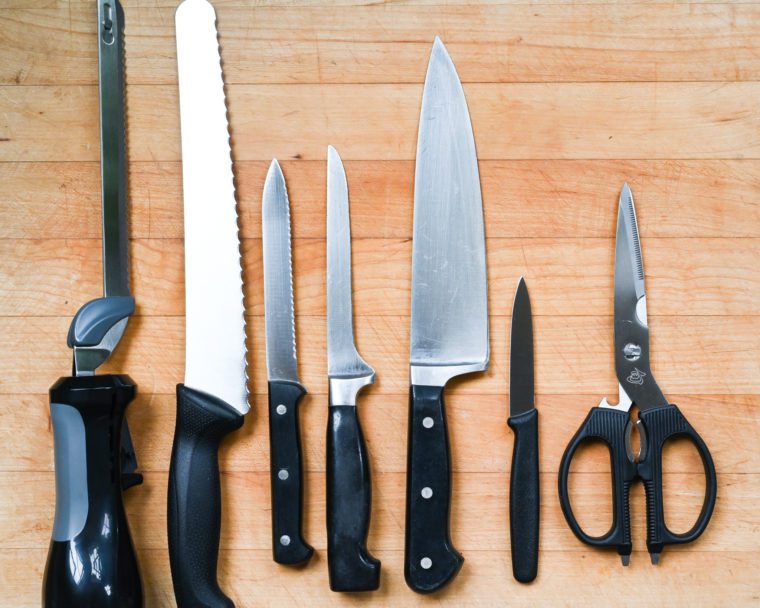
My first purchase when I started culinary school was a half dozen knives and knife case. I toted my knives to and from school every day and then, later, to and from the restaurant I cooked in. In fine dining restaurants, cooks are expected to bring their own knives, and they take a lot of pride in caring for them. Early on, I learned the importance of having good knives and keeping them sharp: it made life in a restaurant kitchen so much easier! This is the case at home as well; with the right kitchen knives, prepping food is not only more efficient but also safer and more enjoyable.
But with so many different kinds of knives, which ones do you really need? It can be tempting to buy a knife block set, but it’s not usually the best choice. Similar to pots and pans, when purchasing a set you’re likely to overpay for several knives you’ll rarely use, and you may not get all the knives you really need. Furthermore, it’s more cost-efficient to mix and match knives from different brands, as you don’t need a super-high quality knife for every task. In fact, sometimes an inexpensive knife performs better than a pricey one.
So whether you’re dicing onions, peeling apples, trimming meat, or slicing bread, these are the 7 essential kitchen knives (and the knife sharpener) every cook needs, along with my personal favorite for each one. With these knives at the ready, you’ll have the tools to prep any recipe that comes your way.
Chef’s Knife
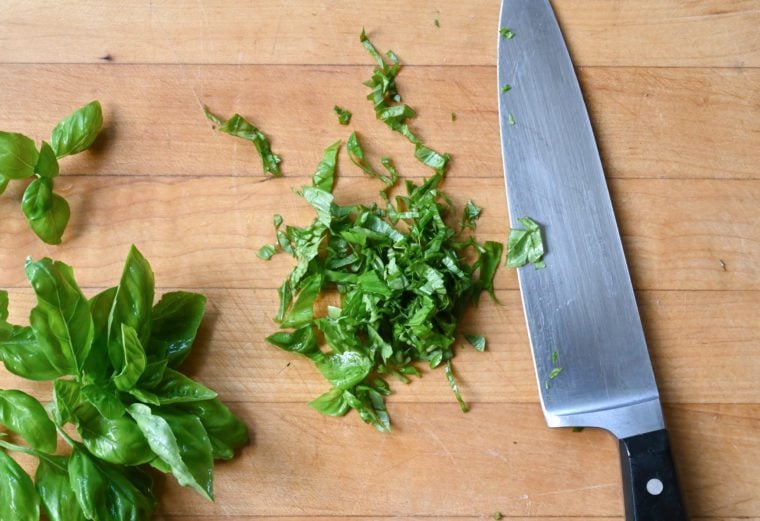
What It’s Used For: Almost everything! A chef’s knife is your kitchen workhorse and is used for chopping/mincing/dicing/slicing vegetables and herbs, cutting and disjointing large cuts of meat, chopping nuts, and smashing whole cloves of garlic.
What You Should Know: There is no knife more essential than a chef’s knife, so if you had to get by with just one kitchen knife, the chef’s knife is the way to go. Because of its versatility and how often you’ll use it, it’s important to get a high-quality one. A good chef’s knife should be comfortable to hold and almost feel like an extension of your arm. Chef’s knives are usually 8 to 10 inches long; the smaller ones are lighter and easier to handle. They have a prominent point and a sharp edge that features a sloping curve, which allows you to execute the proper rocking motion cutting technique. When using a chef’s knife, you don’t use a sawing motion, like you would a bread knife, or a straight up-and-down motion but rather a rocking, or down and forward, motion while keeping the knife’s tip on the board, as shown here.)
❤️ My Fave: WÜSTHOF Classic 8-Inch Chef’s Knife
Bread Knife
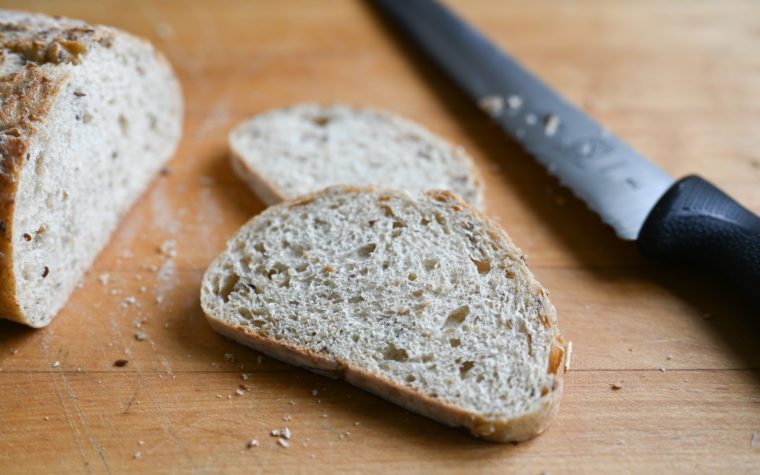
What It’s Used For: Slicing bread, leveling delicate cake layers, slicing cakes and quick breads, cutting through dough, cutting thick-skinned fruits, like melons, pineapple, and winter squash
What You Need To Know: A bread knife is a long knife with a saw-toothed edge, which helps it efficiently slice through all types of bread and baked goods without squishing the crumb, as well as thick-skinned fruits and veggies. Bread knives range in size; it’s best to get one with a blade at least 10 inches long so that it can handle large loaves of bread or watermelons.
❤️ My Fave: Mercer Culinary 10-Inch Bread Knife
Paring Knife
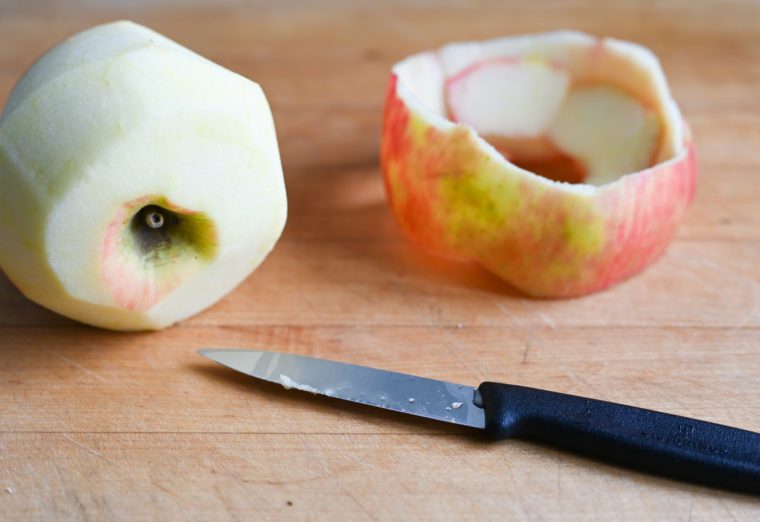
What It’s Used For: Smaller and more nimble tasks, like peeling apples and potatoes, hulling strawberries, coring tomatoes, slicing shallots and garlic, trimming ribs from peppers, deveining shrimp, pitting dates and cherries
What You Should Know: With a blade measuring 2-1/2 to 4 inches, the paring knife is the “baby” of your knife collection. A lightweight plastic handle and a slightly flexible blade is ideal for a paring knife because it is the one knife that is often used in the air rather than on a cutting board. The ideal size for a paring knife is 3 to 3-1/4 inches long; anything shorter may not reach through all the food you may use it for and anything longer is harder to control.
❤️ My Fave: Victorinox 3.25 Inch Paring Knife
Boning Knife
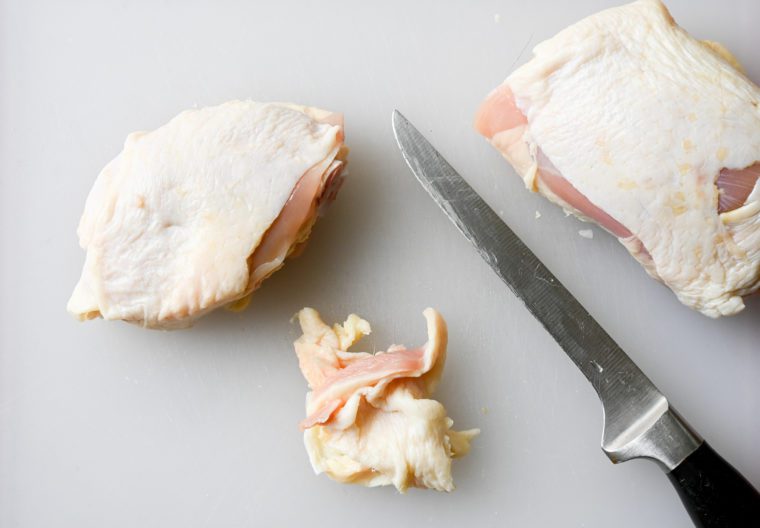
What It’s Used For: Breaking down a chicken into pieces; deboning meat or poultry; removing the skin, fat, and silverskin from meat; cutting the skin off of fish fillets
What You Should Know: A boning knife has a narrow and sometimes flexible blade that tapers to a pointed tip that allows you to maneuver in tight places. You can get away without one, but it comes in handy if you handle meat on a regular basis and especially if you do any butchering. A boning knife is similar to a fillet knife. The difference is that boning knives are used primarily on meat but also on fish while fillet knives are used exclusively for fish. As long as you get a boning knife with a semi-flexible blade, it can be used on both meat and fish and is therefore more versatile.
❤️ My Fave: ZWILLING Professional “S” 5.5-inch Flexible Boning Knife from Amazon (or purchase direct from Zwilling)
Serrated Utility Knife
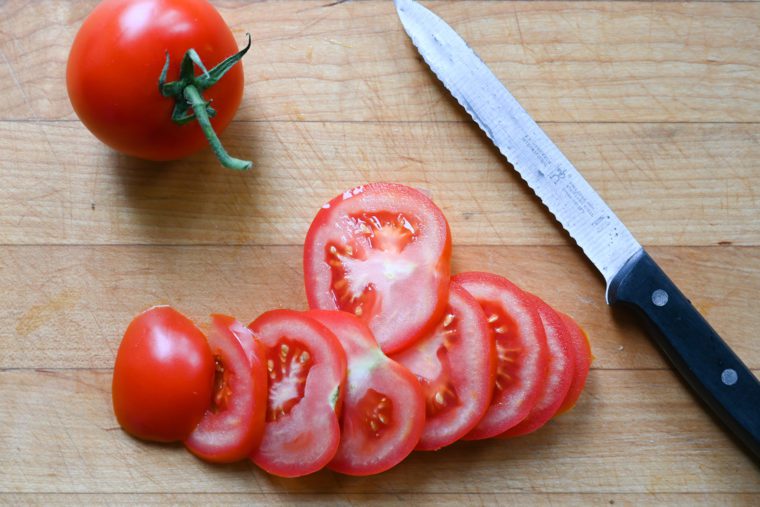
What It’s Used For: Slicing tomatoes, fruits with thick skins, salami, rolls, sandwiches
Why You Need It: When a bread knife is too big for the job, a serrated utility knife is the way to go. It cuts cleanly through delicate fruits and veggies without crushing them, and it is also ideal for cutting sandwiches and baguettes. It’s a great all-purpose knife to have as part of your collection, and it remains sharp for a long time without needing to be sharpened. Utility knife blades range in size from 4 to 7 inches in length; around 5 inches is ideal.
❤️ My Fave: ZWILLING Professional “S” 5-inch Serrated Utility Knife from Amazon (or purchase direct from Zwilling)
Kitchen Shears
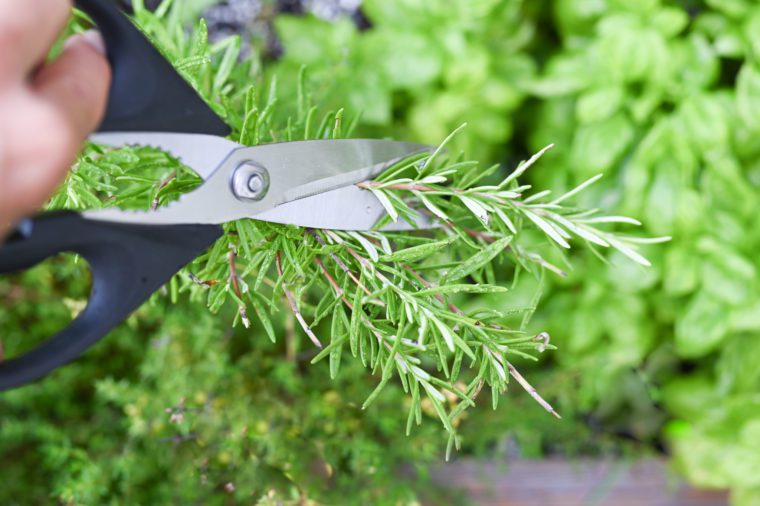
What They’re Used For: Snipping herbs, cutting up bacon, trimming the fat off chicken, chopping canned tomatoes (right in the can), removing the backbone for a spatchcocked bird, opening packages of food
What You Should Know: Kitchen shears are durable scissors specifically designed for kitchen use. They have a covering on the handle that makes them comfortable to use, blades that separate for easy cleaning, and some shears (like the Shun Shears below) have a plier-like portion that you can use to open jars and bottles and crack nuts. Keep in mind that like knives, they should be sharpened or replaced when dull.
❤️ My Fave: Shun Multi-Purpose Shears (or, for fewer bells and whistles, KitchenAid All Purpose Shears)
Electric Carving Knife
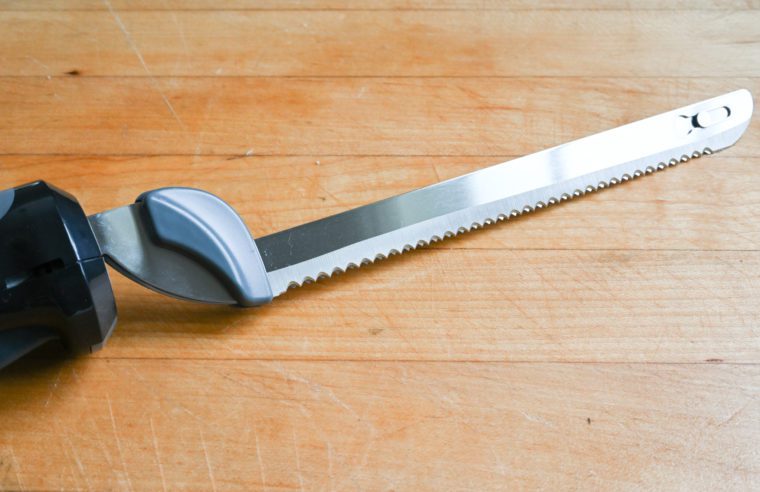
What It’s Used For: Carving large roasts, like turkey or brisket, and slicing bread
What You Should Know: Although a big chef’s knife can handle most large tasks in the kitchen, an electric carving knife is a handy tool to have, especially around the holidays. Though it may seem like a tool from yesteryear, it’s incredibly useful for getting clean, even slices of roasted meat and turkey. Its two blades move back and forth quickly, keeping you from having to “saw” whatever you’re slicing.
❤️ My Fave: BLACK + DECKER Electric Carving Knife
Knife Sharpener
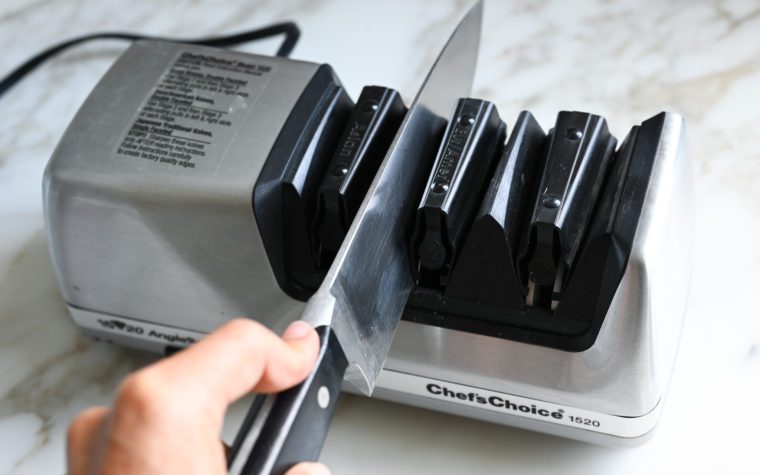
What It’s Used For: Keeping your knives sharp
What You Should Know: It is critical to sharpen knives regularly. Sharp knives make life in the kitchen so much easier, and they are also much, much safer. Most knife accidents are the result of dull knives that “slip” off whatever they are being used to cut. If you haven’t sharpened your knives in a while, you’ll be amazed at the difference a newly sharpened knife makes! You can sharpen knives by hand using a whetstone and a honing steel, but it takes experience to do it properly. You can also take your knives to a professional knife sharpener (many cookware and hardware stores offer this service for free), but it’s easy to do at home with a good electric knife sharpener. Depending on usage, knives should be sharpened every few months.
❤️ My Fave: Chef’s Choice Electric Knife Sharpener (see how it works here)
Final Thoughts
If you’re just starting to stock your kitchen, keep in mind that you don’t need to buy all of these kitchen knives at once. Good knives can be pricey, so consider the kind of cooking you do to determine which ones you really need. If you need any guidance about which knives may be best to start with, leave a comment below – I’m happy to weigh in!

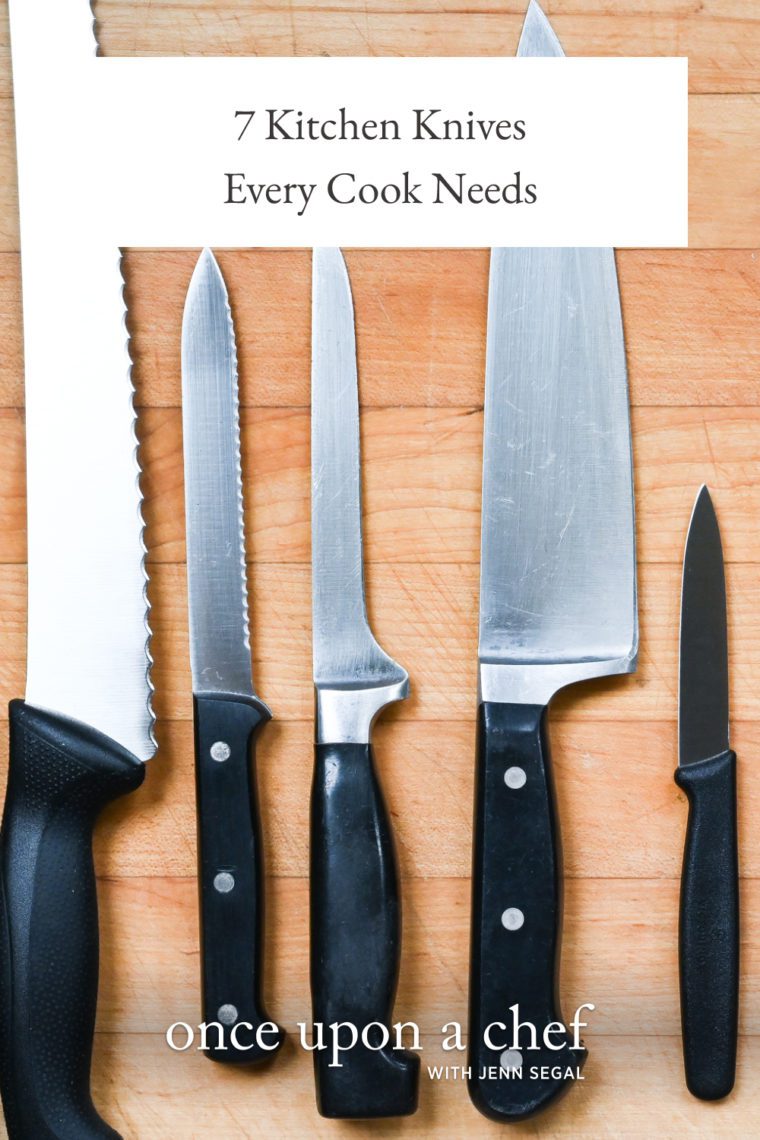
I forgot to ask you a very important question to me. What knife do you use to cut chesse so your slices come out nice looking? thanks Pat Shannon
Hi Pat, are you referring to when you have cheese on a cheese platter that other people will be slicing or are you referring to slicing cheese for cooking?
Thank you for this informative information. I have been cooking for years but picking out knives can be hard. Your simple instruction of what knives you need and why. Makes me feel empowered that I won’t spend more than what I need and to give the brand of knife you use is so helpful. I love your recipes and love your advice. thank you so much. This made my day.
I’ve disliked removing the fat from chicken thighs. I recall your recommending kitchen shears, but mine never worked for that job. I read your comments on knives and immediately ordered the Kitchen Aid shears. Voila! Worked perfectly! Thanks, Jenn!
👍
Thank you! So helpful.
Great, helpful and informative post.
Agree regarding the boning/fillet knife. I have a sharp, flexible fillet knife for filleting and skinning fish. I couldn’t do this job properly with any other knife. I also love my Wusthof Chef’s knife which I use daily!
How do you sharpen a serrated knife?
Hi Dyana, I have a slot on my electric knife sharpener to accommodate a serrated knife. If you don’t have a knife sharpener like that, I’d recommend taking it to a cookware or hardware store that offers that service as they will do the best job on it. Hope that helps!
A question — I noticed you do not have a Japanese Santoku knife. I find that it is my go to knife for so many tasks. It is smaller and lighter and great for slicing almost anything other than roasts. Also my family has a fit if I put knives in the dishwasher. What’s your opinion?
I never put my knives in the dishwasher — the dishwashing detergent can be abrasive which can damage the blades/make them less sharp.
In my opinion you only need two knives; a chef’s knife and a bread knife.
As a woodworker, luthier, bamboo fly rod maker, and dedicated chef (i.e., family cook), that is, as someone who uses lots of different types of edge tools including a wide array of kitchen knives, I can’t underscore enough your words about the importance of sharpening. I’d go further and recommend that everyone who is serious about knife selection and use take the time to learn to sharpen on a whetstone. These come in a confusing array of materials, grits, and price, but if you want to keep the investment reasonable and to limit yourself to one grit I’d recommend a diamond whetstone in “fine” grit, with dimensions large enough to accomodate a variety of knives. For example, the “Dia-Sharp” fine grit diamond whetstone measures 5.5 x 13.8 inches in width and length, and about 3/4 inch thickness, which will handle nearly all knives and only costs about $60. The good thing about diamond whetstones (“hones”) is that you don’t need to lubricate the surface at all–no oil or water needed. as one or the other is for most other whetstone materials. It’s also pretty simple to learn to use and as Jenn notes, your results will be immediate and gratifying and you’ll never go back to “dull.” Diamond hones come in several grits but as noted “fine” will handle most of your needs. “Extra fine,” used after you’ve “turned a burr” on the fine grit is also a worthwhile accquisition. The major problems with the electric sharpeners are that you have much less control during the process, and that they use a grinding wheel to sharpen instead of an abrasive flat surface. That tends to leave a slightly uneven edge, likely to dull sooner than it should. Still, any decent sharpening device is far better than no sharpening device. Someone here mentioned Japanese knives and I agree–I love mine and I use one “Santuko” (common but somewhat inaccurate term to describe the Japanese equivalent of the chef knife) for about 95% of my knife work. However, because of theirr laminated structure you should sharpen Japanese knives only on Japanese water stones (1000 and 8000 grits) and learn to use the somewhat different stroke pattern that the Japanese knife makers recommend. Thanks Jenn for providing some excellent advice.
Can you recommend a good site to learn to use a whetstone? I’ve tried a couple of sites that just weren’t specific enough on technique, and I’m worried I’ll ruin my expensive knives. I had a fish market years ago and hired a guy to fillet all the flat fish (flounder, etc.). He was like a machine filleting and skinning hundreds of pounds of fish, and routinely in the course of his visit would break to sharpen his knife on a whetstone. He’d sharpen my knives too, but I never learned how to do it myself. Interestingly, I called my local cookware store, which offers knife sharpening, and found that they use the electric sharpener that they sell in the store!
Hi Kate, Cook’s Illustrated has a piece that I think you’ll find useful (I don’t use a whetstone), but I really trust the experts at Cook’s Illustrated. Hope you find it helpful!
Thank you!